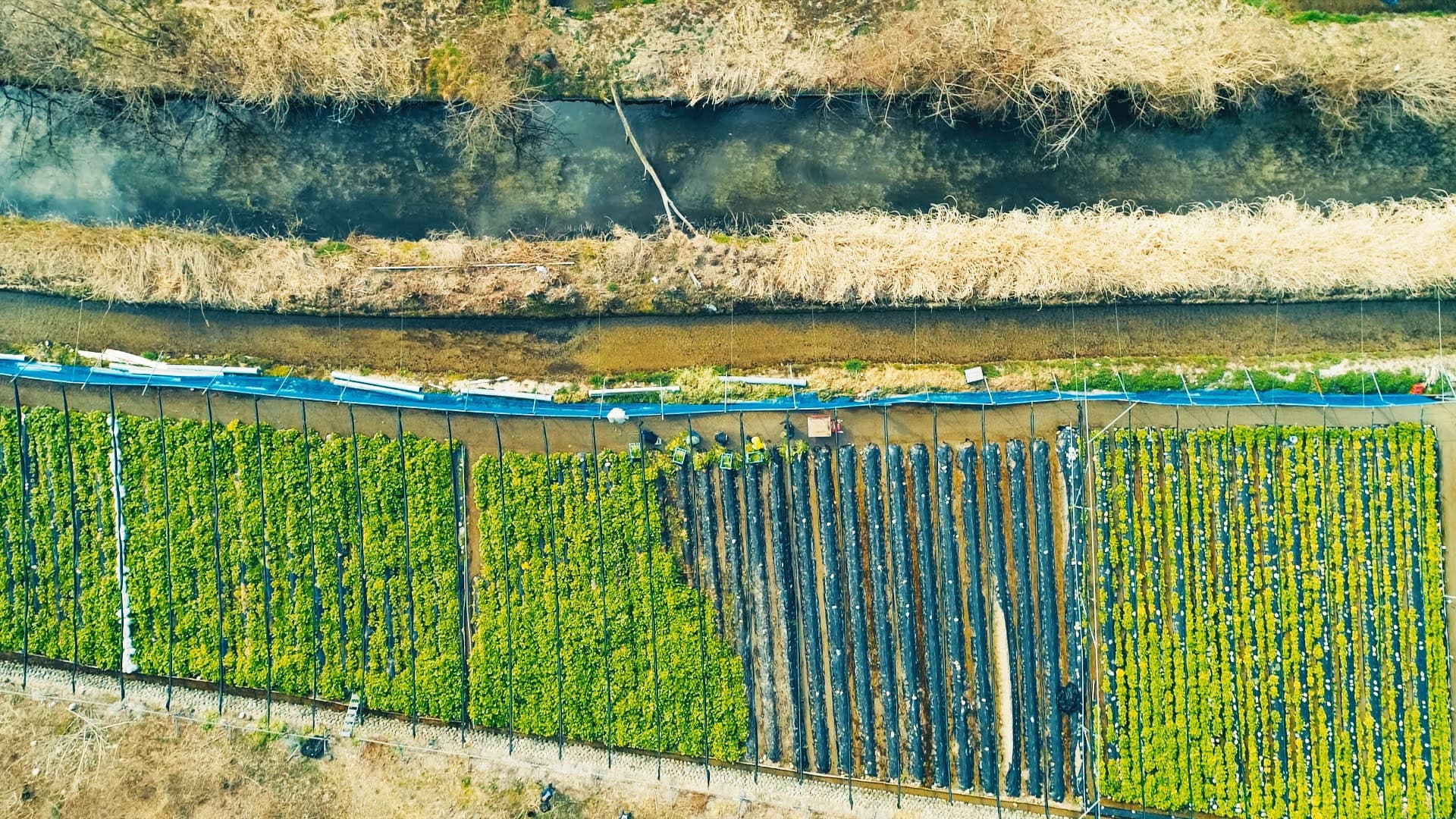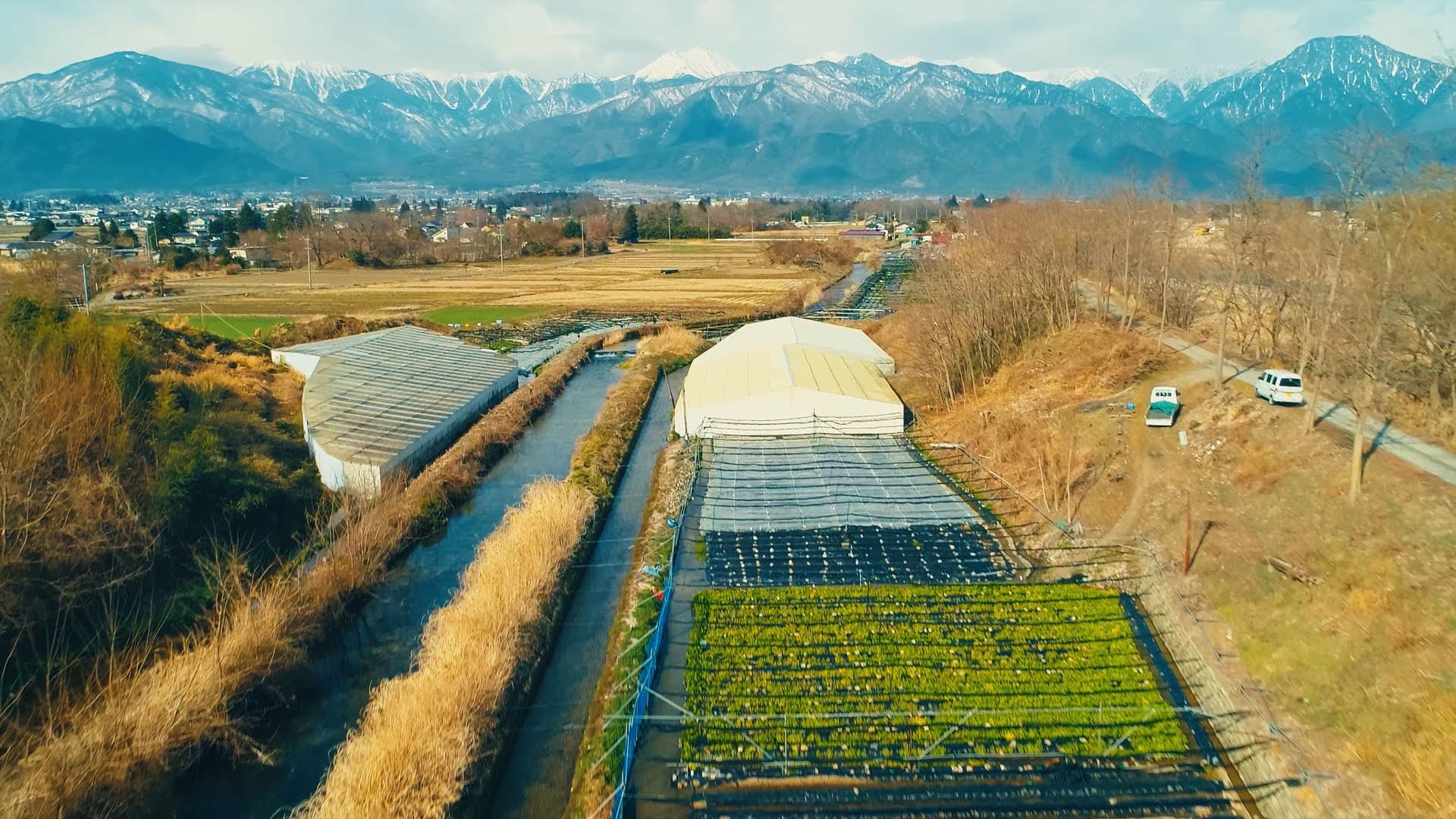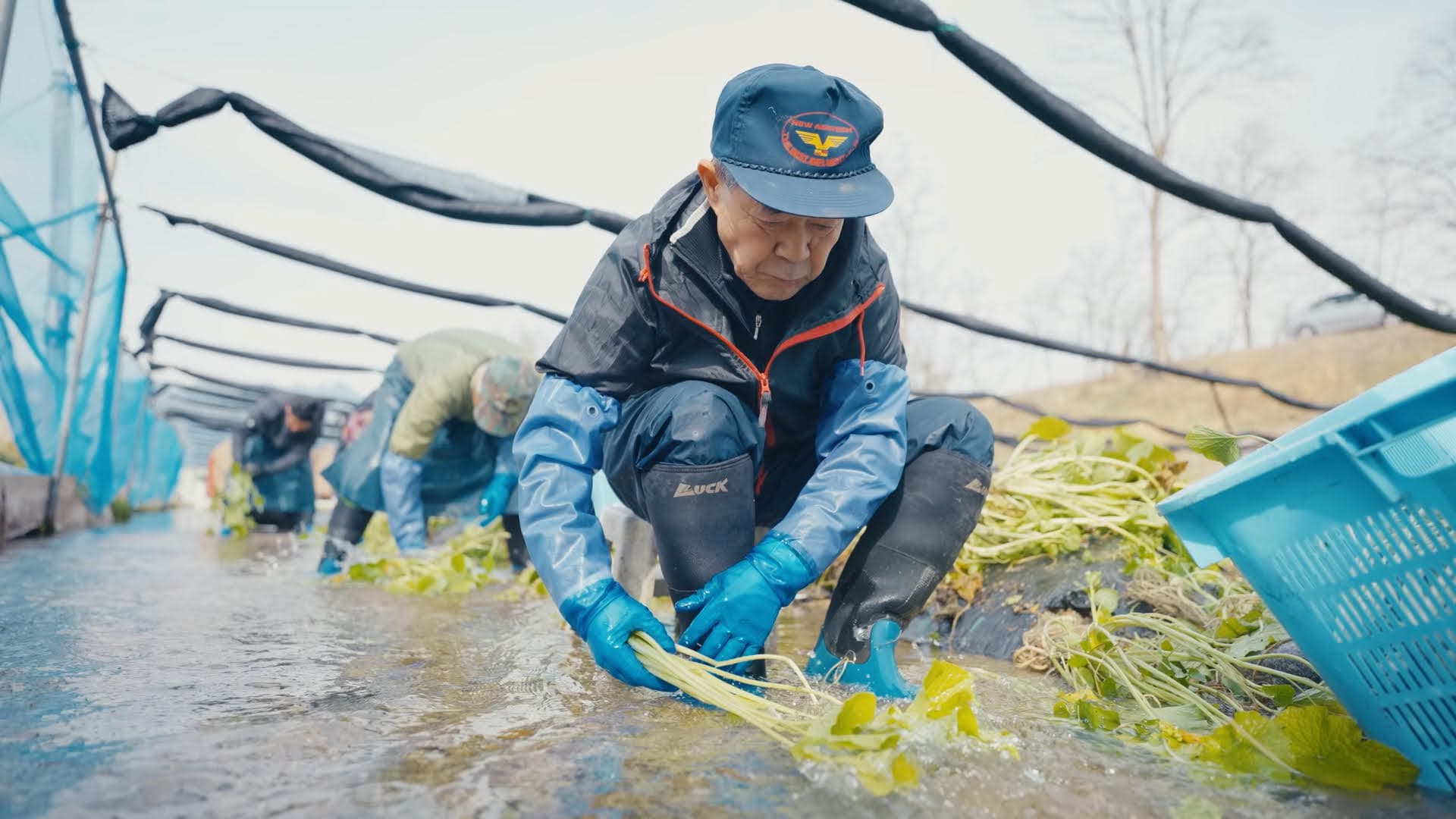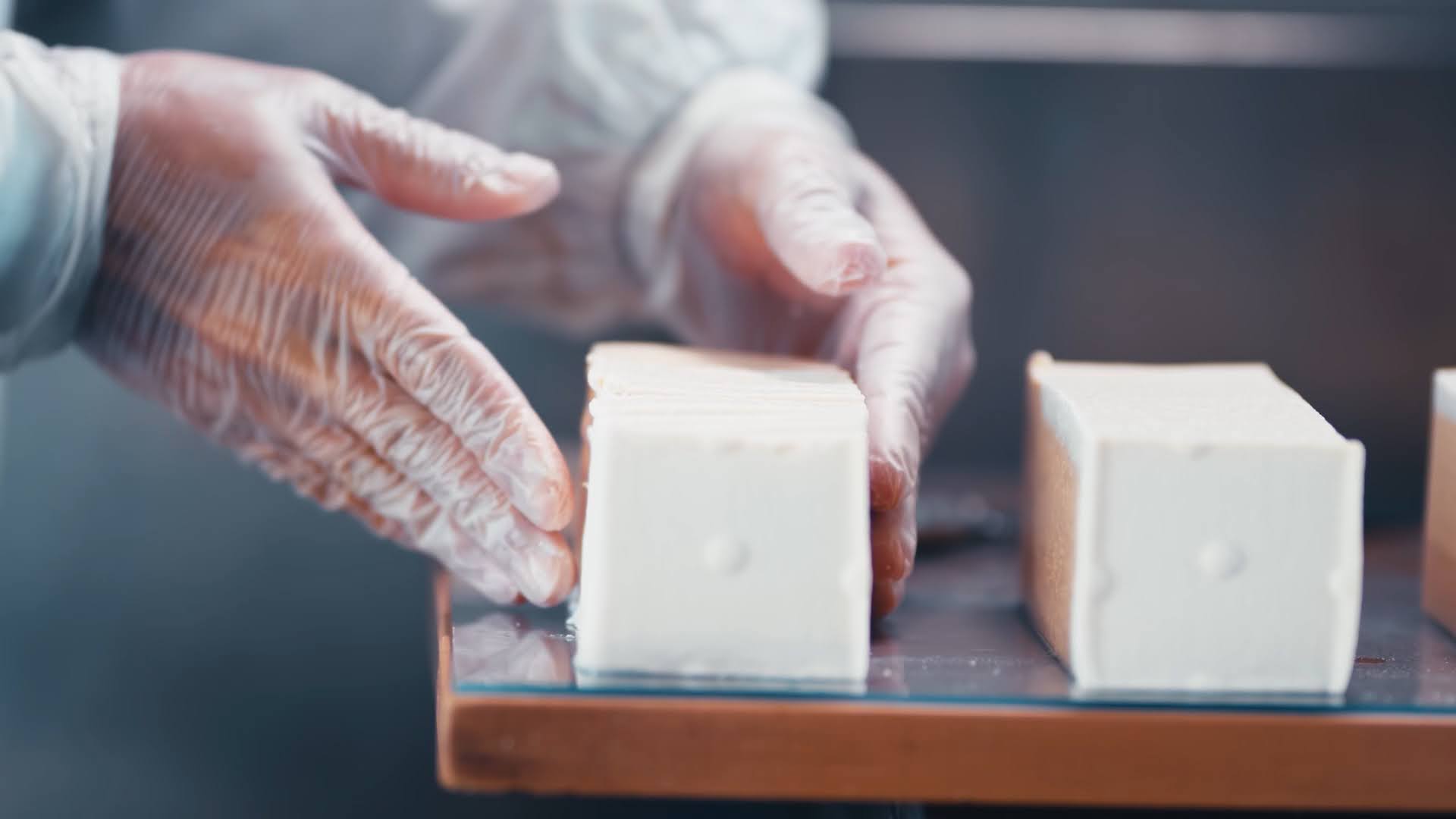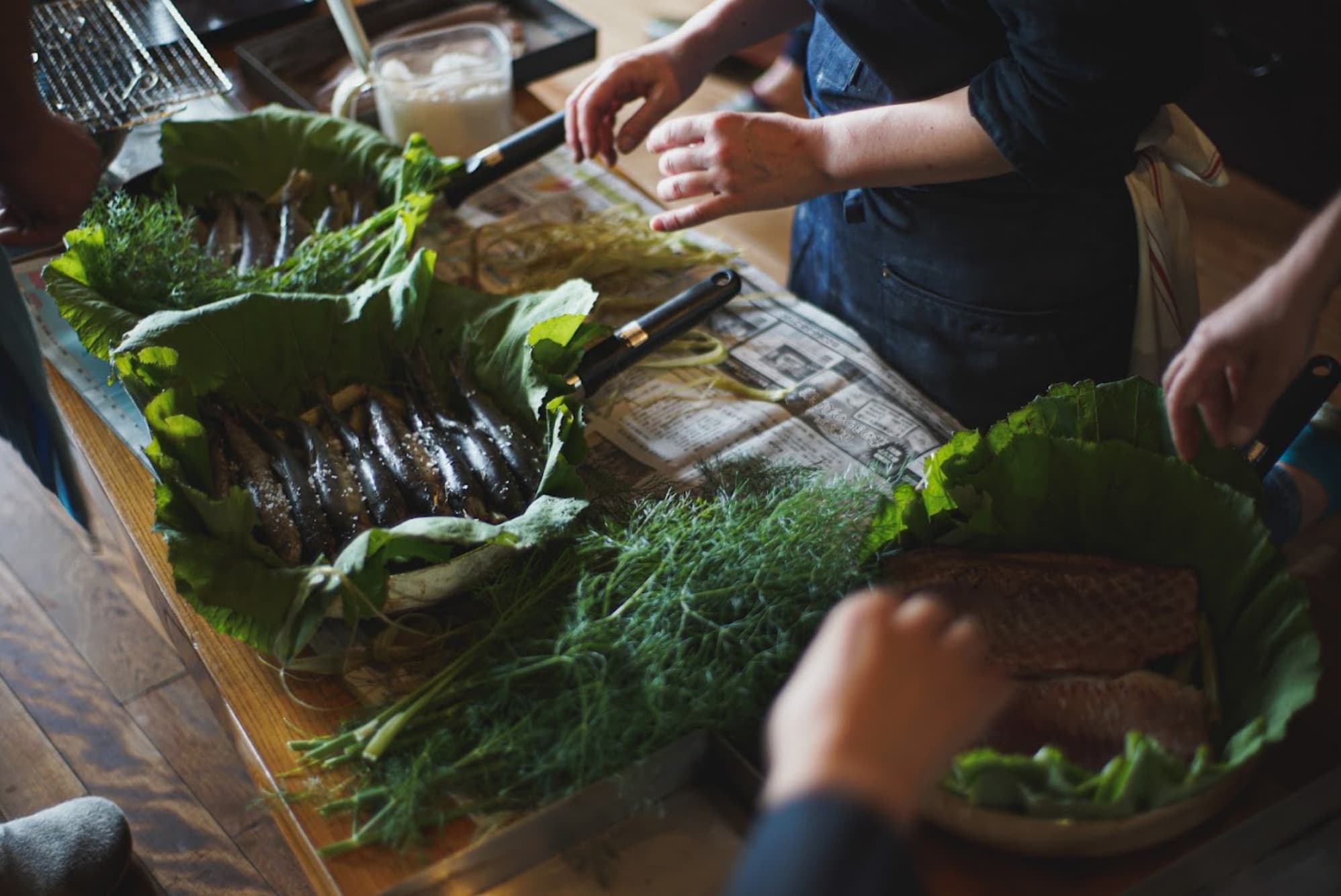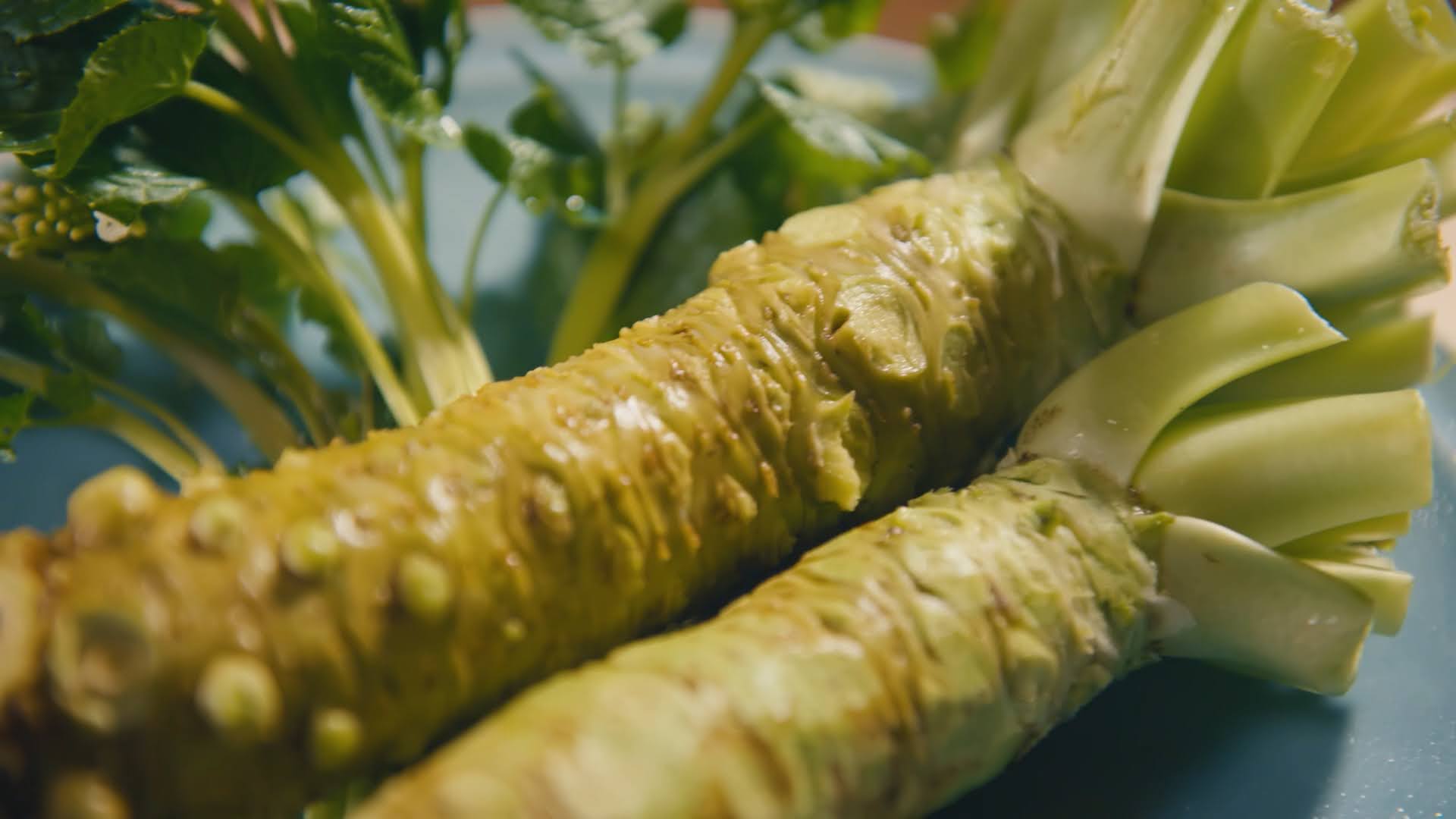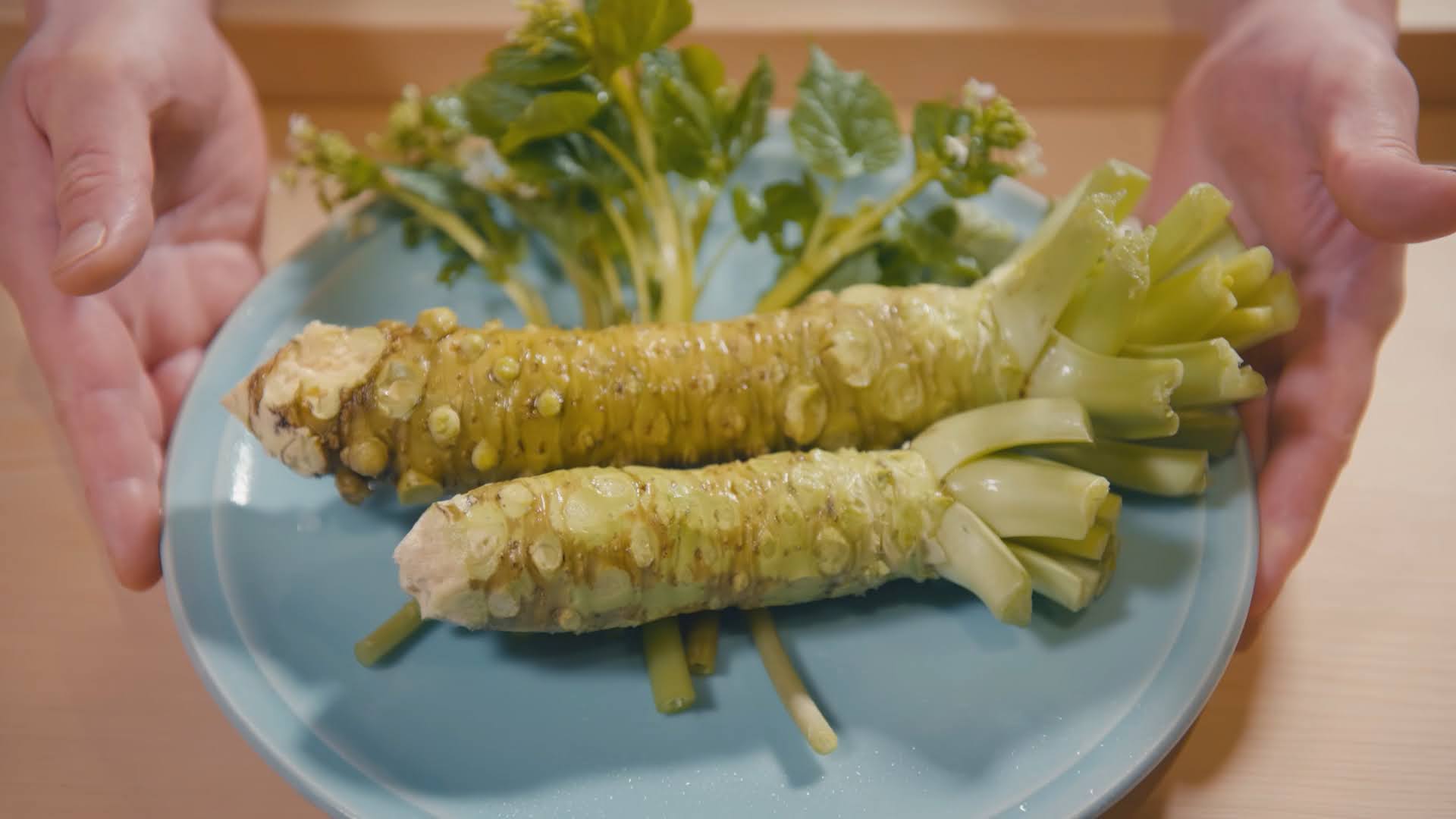
World’s most delicate condiment – WASABI
日本が誇る繊細な香辛料 – わさび
When did you start eating spicy foods with chili, pepper, ginger, mustard, and etc.? In Japan, wasabi-based food is generally regarded as “adult food”. Food made for children, take sushi for example, is often without wasabi. In simpler terms, being able to eat sushi with wasabi is a milestone on the road to adulthood. Rice gripped firmly, fish with just the right amount of fat; wasabi brings together all ingredients of sushi for a delightful harmony. Wasabi might leave an intense soothing sensation in your nose, but once you know the rich taste of this combination, you can never go back to sushi without wasabi.
The clear streams of Nagano and Wasabi Cultivation
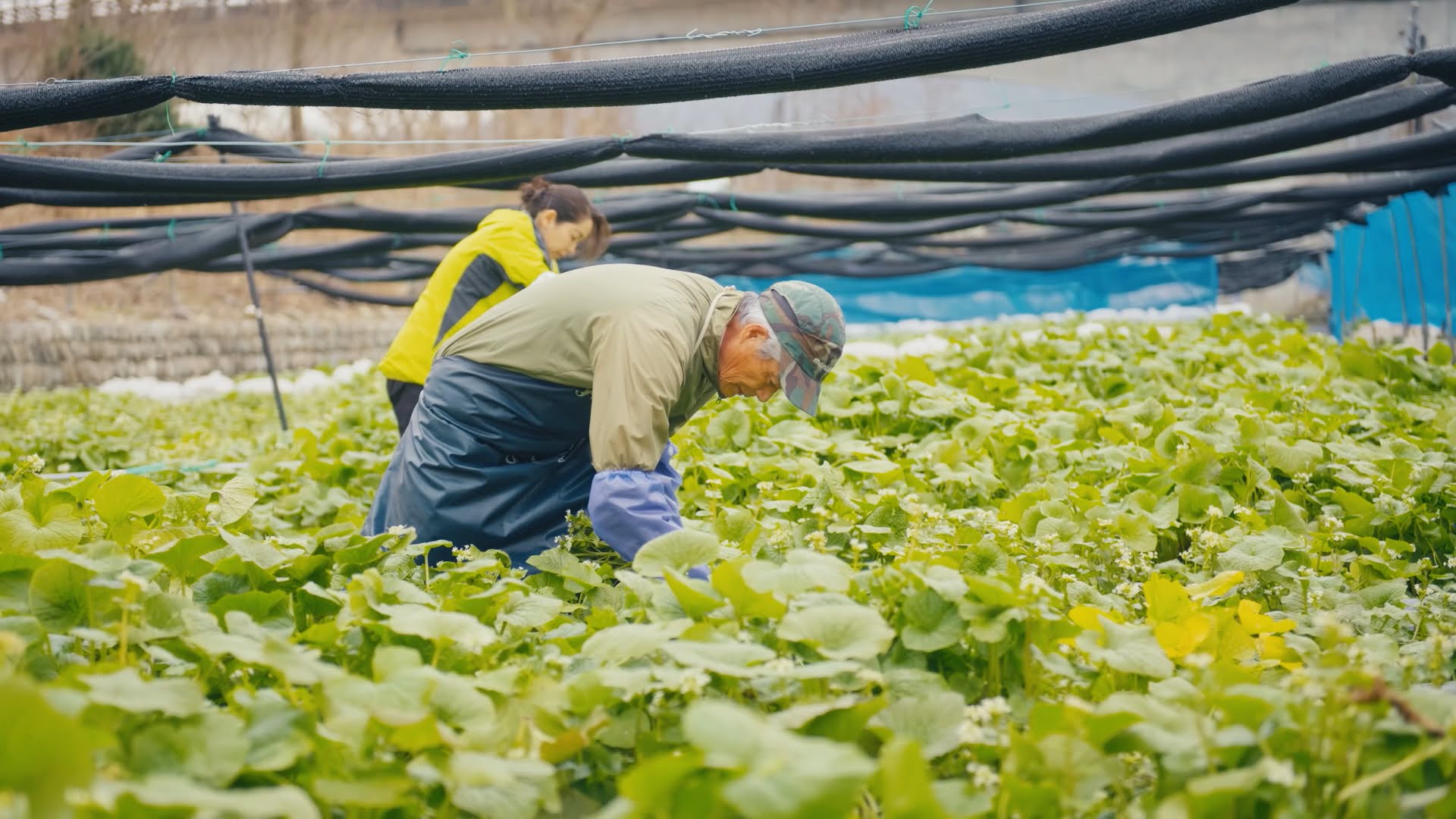
Wasabi is a plant native to Japan and was used for medicinal purposes in the past. In the Edo period (1603-1668), when sushi culture bloomed in Japan, it was often used for its highly antibacterial qualities. Wasabi is now an indispensable condiment for Japanese food such as sushi and sashimi (thinly sliced raw fish). Azumino City, Nagano Prefecture, which boasts the largest production of wasabi in Japan, is located at the foot of the Northern Japanese Alps. This city has high soil permeability, and abundant pure melted snow water that helps keep the water temperature below 15 degrees Celsius even in midsummer. The stable water temperature all year round provides an ideal backdrop for wasabi cultivation.
Enjoying Wasabi from root to stem

The region famous for wasabi production, Azumino, boasts various ways to eat wasabi, such as wasabi soft serve ice cream and wasabi croquette. Among them, wasabi rice is said to be a unique way of consuming wasabi that can be enjoyed in the Azumino region. The way to prepare the dish is very simple; sprinkle freshly grated wasabi, dried bonito flakes, and soy sauce on freshly cooked rice. The freshly grated wasabi is fluffy and has a spicy but refreshing taste, and one will come back for more after the first bite. Not only are the commonly eaten wasabi roots consumed here, but there are many recipes which utilize all of the wasabi plant. Soy sauce pickled wasabi and tempura(fish or vegetables fried in batter) are some recipes which lets wasabi lovers fully enjoy the plant, using the stems, leaves, and even the flowers.
The profound attraction of Wasabi
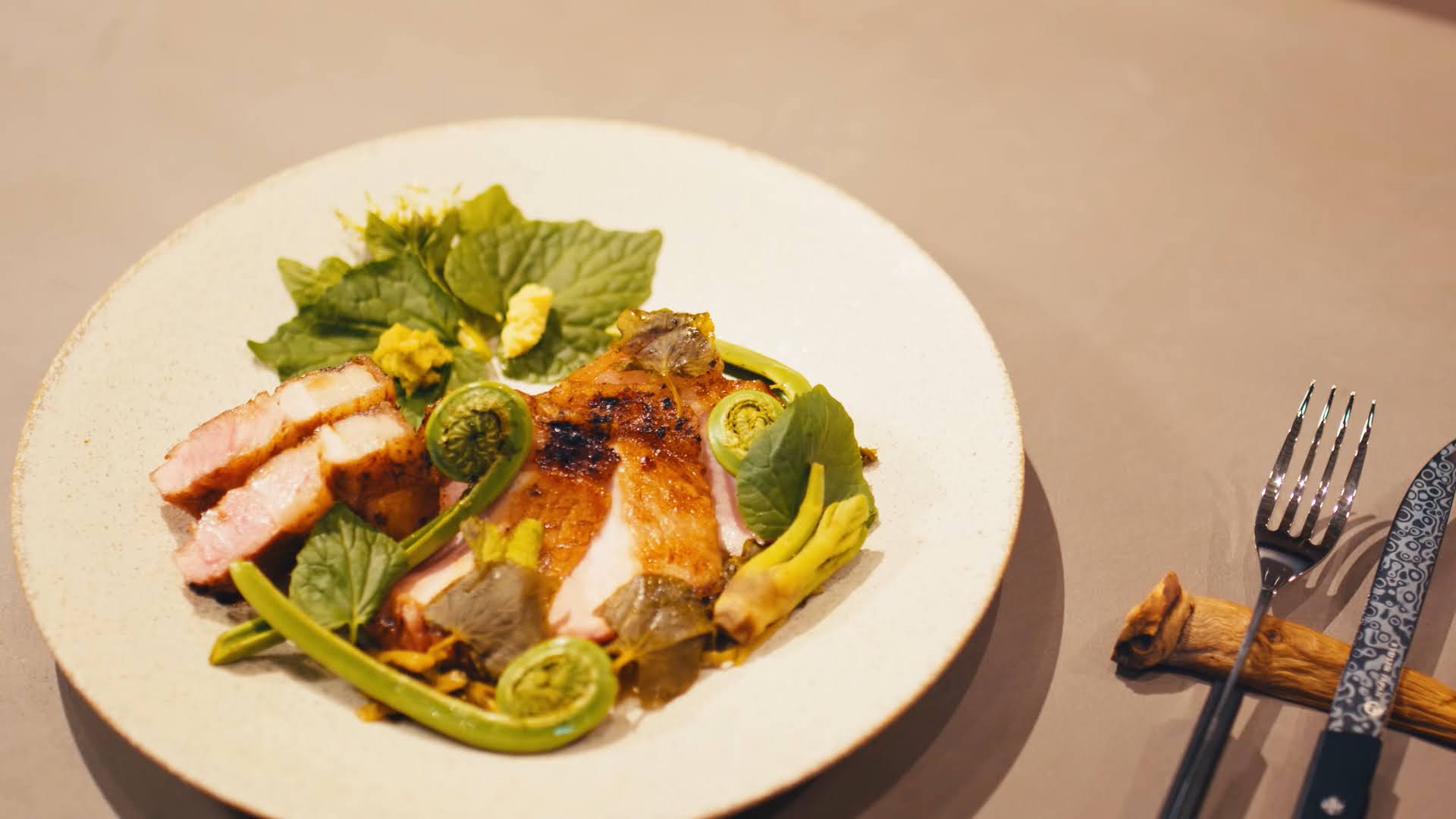
Wasabi is at the center of attention due to the recent global Japanese food boom. At the 2021 Bocuse d’Or, which is an international cooking contest known to be the Olympics of food, wasabi is incorporated into cooking not only by representatives of Japan but also by other countries. It is cooked with cheese, with sauce, and even with sweets such as chocolate. People are always seeking new ways of eating food with wasabi. The flavor of wasabi will be lost if it is cooked too much, so the key is to create a synergistic effect with other ingredients while retaining the unique flavor of wasabi. Enjoying wasabi is well beyond the boundaries of Japanese food, but enjoying the refreshing flavor and aroma, an unexpected sweetness, and the spiciness that stimulates the tongue and nose will also spread as one of the charms of Japanese food culture.
